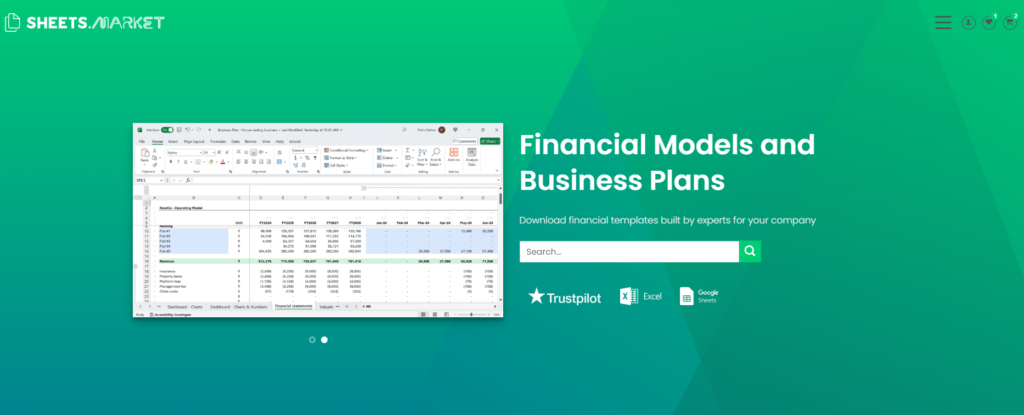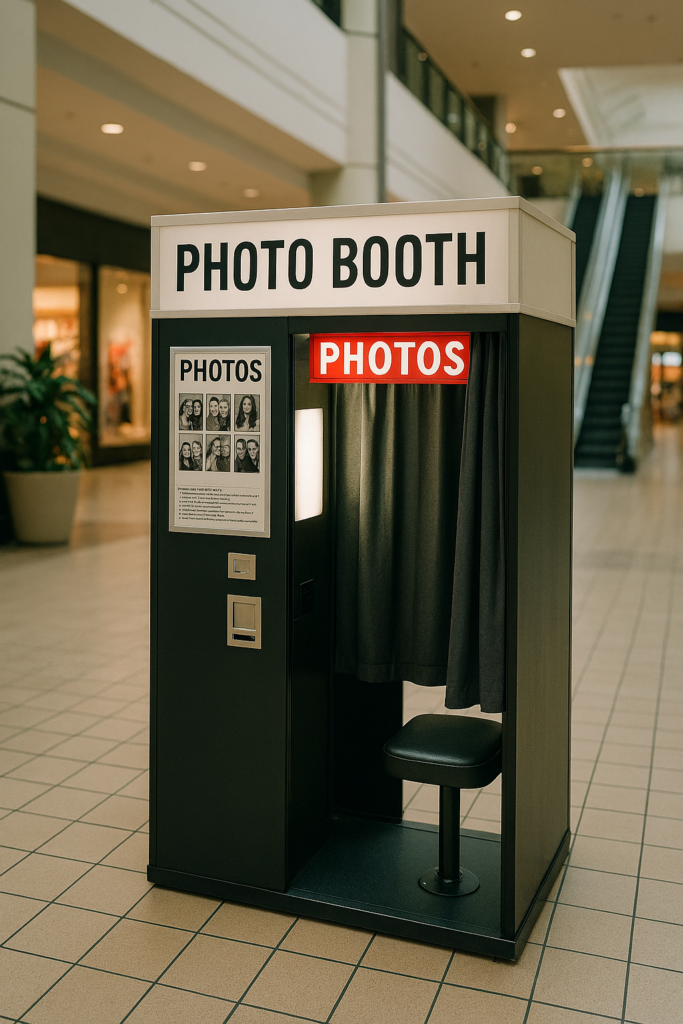Business Planning & Strategy, Startup Finance
Photo Booth Business Model: Startup Costs, Revenue, and Profitability
A photo booth business operates in a mobile, event-based service niche where profitability is driven by equipment utilization, event pricing discipline, and low variable overhead. With minimal ongoing costs, scalable operations, and strong per-hour billing potential, the model delivers attractive margins when supported by professional branding, CRM automation, and diversified revenue across weddings, corporate events, and retail activations.
Asset Configuration
CapEx is low to moderate, centered on the booth unit, camera equipment, lighting, and transport setup. Most operators begin with one or two mobile booths, scaling into multi-unit setups as demand stabilizes.
| Asset Category | Cost Range (USD) | Notes |
|---|---|---|
| Photo Booth Unit (enclosure or open-air) | 8,000 to 15,000 | Touchscreen, DSLR, printer, software, custom wraps |
| Backdrops, Props, Cases | 2,000 to 5,000 | Green screen, event-specific props, transport cases |
| Transportation Setup | 5,000 to 10,000 | Van or trailer (or rental budget allocation) |
| Website, CRM, Booking Software | 2,000 to 5,000 | Online quotes, contracts, deposit automation |
| Branding, Marketing Collateral | 2,000 to 4,000 | Business cards, wraps, sample books |
Total CapEx: 19,000 to 39,000 USD, depending on booth quality, transport, and initial marketing investment.
Revenue Model
Revenue is project-based, with most bookings priced per event or per hour. Common services include weddings, brand activations, corporate functions, birthdays, and festivals. Upsells include custom backdrops, branded prints, props, digital galleries, and idle time fees.
Annual Revenue Potential for a Solo Operator with 1–2 Booths (3–5 Events/Week)
| Revenue Stream | Volume Assumption | Annual Revenue (USD) |
|---|---|---|
| Standard Events (3 hours avg., $800/event) | 150 bookings/year | 120,000 |
| Premium Packages (props, branding, etc.) | 50 bookings at $1,200 avg. | 60,000 |
| Add-Ons (Idle time, GIFs, upgrades) | $500/week avg. | 26,000 |
| Holiday/Corporate Premiums | 20 events at $2,000 avg. | 40,000 |
| Total | 246,000 |
Multi-unit operators or those targeting luxury weddings and B2B activations can exceed 400,000 USD/year. Entry-level solo setups typically range from 80,000 to 150,000 USD/year.
Operating Costs
Variable costs are minimal. Labor (owner-operator or part-time), vehicle fuel, consumables (paper, ink), and marketing drive the cost base. Booth maintenance and CRM tools are minor fixed expenses.
| Cost Category | Annual Cost Range (USD) |
|---|---|
| Event Staffing and Labor (part-time) | 30,000 to 45,000 |
| Marketing, Website, Ads | 20,000 to 30,000 |
| Consumables (paper, ink, props) | 10,000 to 15,000 |
| Vehicle Fuel, Maintenance, Parking | 10,000 to 15,000 |
| Equipment Repairs, Software Licenses | 5,000 to 8,000 |
| CRM, Admin, Booking Tools | 3,000 to 5,000 |
| Total Operating Costs | 78,000 to 118,000 |
EBITDA = 246,000 – 78,000 to 118,000 = 128,000 to 168,000 USD
EBITDA Margin = 52.0% to 68.3%
With minimal fixed cost and high per-hour billing, solo or tightly managed operations can consistently generate margins above 60 percent. Margin erosion typically comes from underpricing, overspending on marketing, or poor calendar utilization.
Profitability Strategies
Profitability in the photo booth business depends on event density, upsell capture, and automation.
Start with pricing discipline: avoid hourly billing and anchor packages at 3-hour minimums with tiered add-ons. Use idle-time, travel distance, and custom graphics as incremental fees. Position average event value above 1,000 USD, especially for weddings and corporate.
Maximize calendar utilization: book Fridays through Sundays, upsell weekday activations to businesses and retailers. Target 150 to 200 bookings per year per booth to maximize ROI on hardware.
Automate the client funnel: deploy online booking forms, e-signature contracts, and deposit workflows. A well-structured CRM will reduce admin time and enable solo scaling to multiple booths or part-time crews.
Push event-level upsells: offer custom overlays, branded templates, guest books, digital galleries, live screens, and video messaging. These services carry 80 to 90 percent gross margins.
Finally, formalize your positioning: high-end (luxury weddings), experiential (GIF booths, 360 cams), or volume (budget parties, prom packages). Clear market alignment enables pricing power and repeat B2B bookings.
So what?
A photo booth business is not just a novelty – it is a high-yield, low-overhead, event-based revenue model. Profitability is built through asset utilization, service tiering, and automation and not scale or size. Operators who structure packages, automate workflows, and upsell high-margin services can achieve 50 to 68 percent EBITDA margins on over 240,000 USD in revenue, with CapEx under 40,000 USD.

Are you considering opening your Photo Booth business? Download the comprehensive Photo Booth Business Financial Model Template from SHEETS.MARKET to simplify your financial planning. This tool will help you forecast costs, revenue, and potential profits, making securing funding and planning for success for your Photo Booth business easier.



